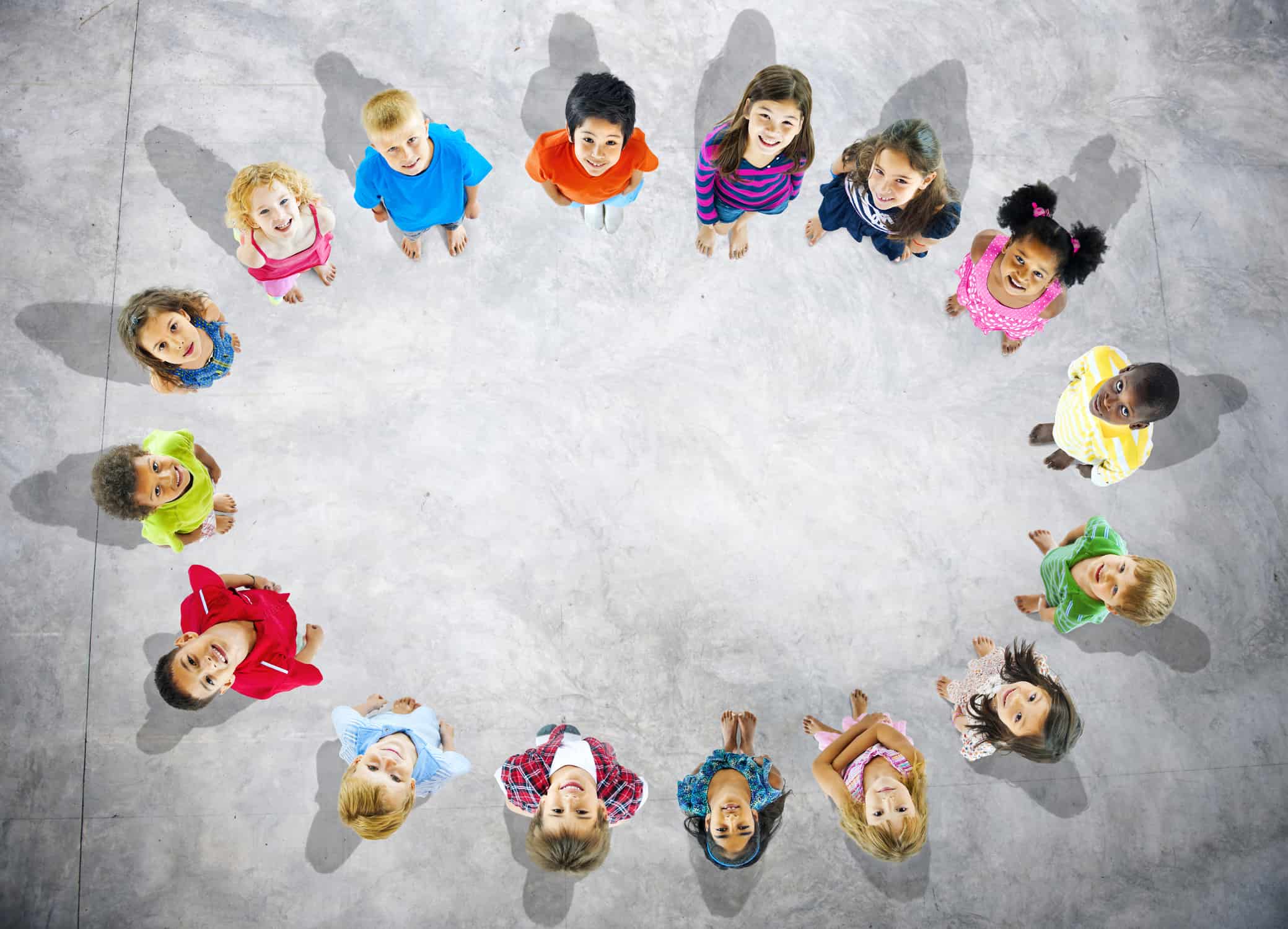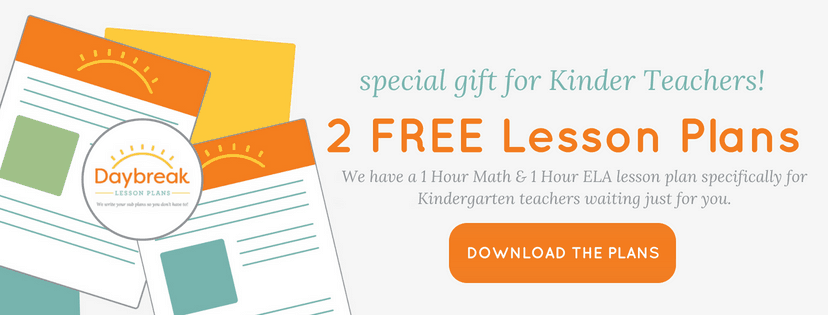
Why is teaching kindness important?
We all know that teaching kindness is essential to creating mindful students and to prevent bullying. By helping students understand how to be kind, they will need to learn how to communicate, to identify emotions and other’s perspectives. This involves Social Emotional Learning (SEL) skills.
Schools have a lot of pressure to prepare students academically, but it is equally important to include SEL into your instructional day. Back in the day (I’ve been teaching for over 34 years, and kindergarten for over 13 of those years, Kinder was primarily a social and emotional learning place. There was a focus on life skills such as learning feelings, managing your emotions, social skills, reflection, and awareness of self and others. Today, especially considering the current tragedies in schools we need to find the time to help our little ones navigate the social and emotional arena.
When students learn how to read other’s feelings, how to react to different situations, and how to control their emotions, they develop into happier and more responsible adults.
When you teach kindness, students feel valued, safe and part of a community. Then they will want to learn and are willing learners. Being kind can also lead to higher self-esteem and students who understand how to be collaborative, which may lead to fewer bullying incidents.
Here are 5 ways to teach about kindness:
- Teach Mindful Speaking.
Take time to actively think about what you’re going to say before you say it. ‘3 Gates of Speech’ is a Sufi saying that gives you a checklist of questions to ask before you speak. If you it does not pass through all 3 gates, you shouldn’t say it. Discuss as a class and use examples for the students to determine if it passes through the 3 gates or not. Create a visual for each step for students to refer to as they “pretend” to solve different problems they might encounter in a day. You can also use these tools after a bullying incident for the student to reflect on what was said.- Gate 1: Is it true?
- Gate 2: Is it necessary?
- Gate 3: Is is kind?
- Teach about perspective.
You might be thinking “Teach perspective to a 5 year old?…Really?” I always believe that we set the bar high and expect our students to reach it. By introducing these different ideas over time and often, you are teaching to the high and supporting everyone in your classroom to be more empathetic. Use real-live examples as they occur during your day to “invite” them to consider other people’s feeling. Also, you are laying the foundation for CCSS ELA Standard #6. ? Here are some possible questions to go over with your students.- Intention: Will this hurt the other person?
- Choice: Do I really need to say this?
- Compassion: Can I try to understand the other person’s feelings?
- Empathy: Can I see the situation through the other person’s point of view?
- Was I listening? Did I let the other person explain or apologize?
- Will this embarrass the person?
- Is this the right time or place to say this?
- Is it respectful? Would I want it to be said to me?
- Include Social Emotional Learning skills during class meetings
Building classroom community is very important to reducing bullying in the classroom. One way of creating community is by having daily or weekly class meetings. This will be a time to practice and go over the following:- Sharing time: share feelings, problems, something good or something you’re excited about. A rule to have is, they may not name names if speaking about a problem.
- Practice conflict and resolution. When a student speaks about a problem, you can help them identify the problem as small, medium, or large. What is the reaction level to that problem? If it’s small, should you scream and hit? How do you resolve the problem? Do you take a deep breath or do you need to get help? Classmates can help with the resolution and maybe relate to their problem. This helps students feel that they are not alone in the situation.
- Build listening skills. During class meetings, only one person should be allowed to speak at a time. Others should be actively listening and thinking about how to respond. Use an object like a stuffed animal or “speaking wand” to hand to the speaker. The person holding the object is the only person allowed to speak.
- Having students compliment or give warm fuzzies to others in the class.
- Sharing time: share feelings, problems, something good or something you’re excited about. A rule to have is, they may not name names if speaking about a problem.
- Have the class volunteer.
Kindness should be learned through doing, and not just by talking about it. Reading books and watching videos with topics on kindness ( recommend any books by Helen Lester), random acts of kindness or paying it forward can help start a worthy discussion in the classroom. Taking the discussion further into how the students will actually show kindness and feel the benefits from being kind is what will motivate them to be more kind. Ask the students what they want to do to help others. Maybe it’s a food drive, or collecting items for a homeless shelter, or cleaning up a park. When you do a good deed, you feel better and happier. Kids need to have opportunities to feel this natural “high” so that they will want to recreate these feelings in the future. - Help build strong friendships and relationships with teachers.
When a child has good friends and teachers whom they trust and feel comfortable with, it is less likely that the child will feel isolated and want to act out on their sadness. Try ice breaker or community building activities and mix up the students so they are with diverse partners or groups. (Speaking & Listening Standards) When students are taught about kindness and compassion, the positive behavior is rewarded with positive outcomes like friendship, self confidence, feeling included, and ultimately happier kids. Teaching kindness builds a foundation for children to grow up to become the model citizens who will lead our country in the right direction. Creating kind and caring people starts with us, their teachers.
Teach kind. Think kind. Speak Kind. Be kind.
